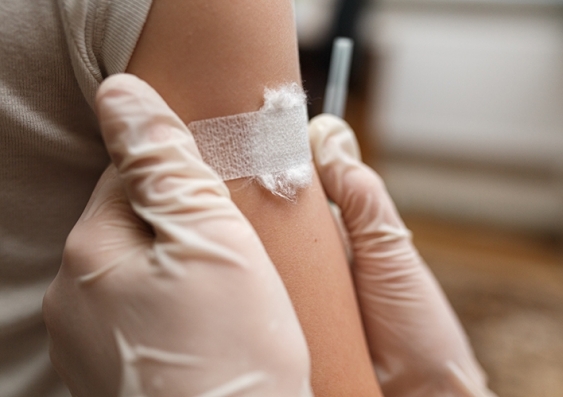Preventing Childhood Pneumonia Is The Need Of The Hour
The current vaccine against bacterial pneumonia is not providing optimal protection to Australian children, a national study by medical researchers from UNSW Sydney and multiple leading research institutions has found.
Using three years of prospectively collected data from all children hospitalised with pneumonia across 11 tertiary paediatric hospitals across Australia between 2015 and 2018, the researchers found that the majority of 779 children admitted to hospitals with pneumonia had been fully vaccinated against Streptococcus pneumoniae, the most common bacteria associated with severe cases of pneumonia.
“Our study looked into the effectiveness of the vaccine in preventing severe forms of pneumonia,” says Dr Nusrat Homaira with UNSW’s School of Paediatrics and Child Health.
“The vaccine currently available in Australia should provide protection against 13 serotypes – or 13 different variations – of the Streptococcus pneumoniae bacteria. But our study shows that the vaccine is not providing optimal protection against invasive pneumococcal pneumonia or severe pneumonia caused specifically by serotypes 3 and 19A, both of which should be covered by the vaccine.”
Dr Homaira says there are two main reasons why the current vaccine – called 13vPCV – isn’t effective in preventing children from developing serious pneumonia illnesses.
The first is that the vaccine is less immunogenic – meaning it doesn’t produce much of an immune response – against serotype 3, which is due to the biochemical property of the capsule of this serotype.
The second possible reason why the 13vPCV vaccine may not be as effective as intended is because the timeframe it is administered in doesn’t cause lasting immunity.
“The dose schedule in Australia in the years that we looked at was to administer to children in three stages, at two months, four months and six months of age,” Dr Homaira says.
“But in many countries the dosing was at four months, six months and 12 months. Having the final dose at 12 months provides more lasting protection than having the last dose at six months, which may not provide coverage beyond one year of age.”
Dr Homaira says since 2018, Australia has since moved to a two, four, six and 12-month scheduling of doses, “so it will be important for us to see if that has an effect on the numbers of children succumbing to invasive pneumococcal pneumonia”.
New formulations of the pneumococcal vaccine are becoming available which appear to promote better immune responses to serotype 3.
Looking ahead, Dr Homaira says: “We need enhanced surveillance which will allow for routine molecular testing of lung fluid to monitor pneumococcal pneumonia and newer formulation of vaccines that will render better protection.”

